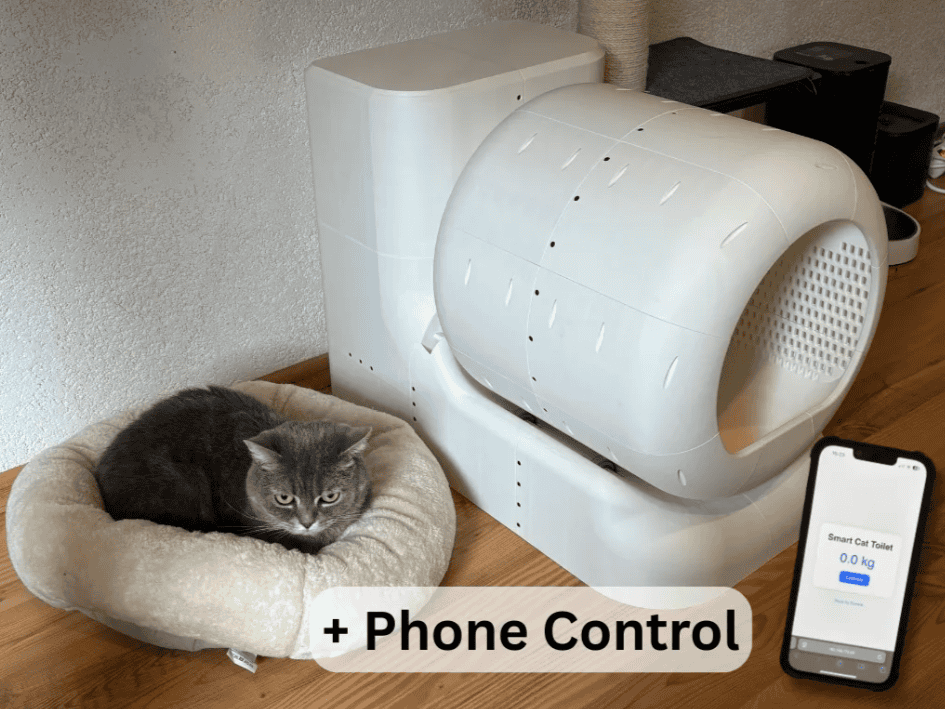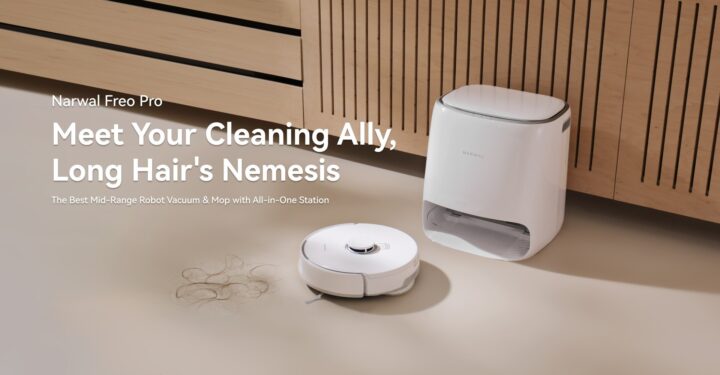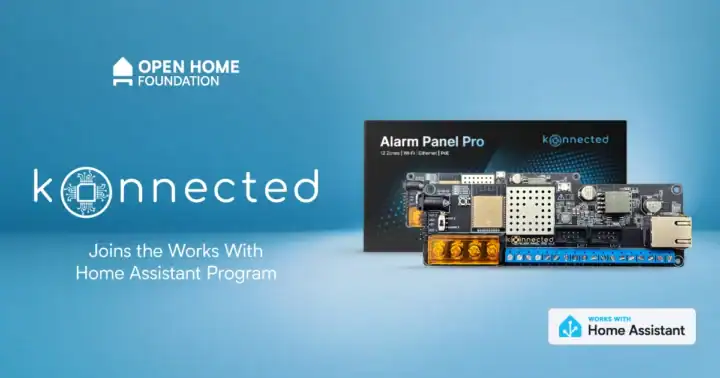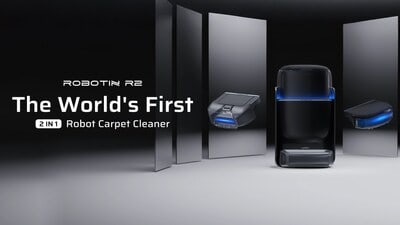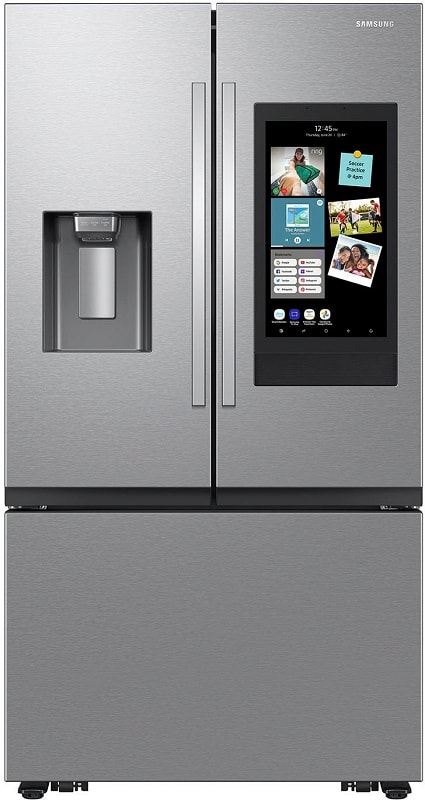Got cats and dream of never having to scoop the litter box again? If you have a 3D printer, you’re in luck. A new 3D printed smart cat litter box design is now available on Maker World by Dominik. This plan is intended for cat owners who have access to a 3D printer and want a do-it-yourself option instead of buying a commercial product. The SmartCat Toilet is designed to be simple to build and use, and it features automated cleaning and live weight tracking of the cat through a web interface.
Once the SmartCat Toilet is powered on, it moves to its starting position. After filling the box with litter, users can access a built-in website from their phone or computer to calibrate the scale to zero. When a cat enters the box, its live weight is shown through the web interface. After the cat leaves, a timer waits for ten seconds before the cleaning cycle begins. The cleaning process involves a rotating motion that moves the waste to a container in the back. If the cat returns to the box during this waiting period or while cleaning, the system stops and resets the timer to ensure safety. The cleaning cycle will only restart after the cat has left and another ten seconds have passed.
The litter box has a quiet motor and uses a 24-volt power system, which is considered safe for home use. Users are advised not to overfill the box with litter, as this can cause the motor to work harder and may prevent waste from being moved to the proper container. The recommended amount is enough to cover a width of about sixteen centimeters, which allows the system to function as intended. The build is designed to be modular and easy to repair, with all parts connected using screws instead of glue. This makes it simple to replace individual components if needed.
The project was developed over the course of more than 800 hours and uses about twelve kilograms of filament, which takes around eleven and a half days of printing time. The electronics are described as simple, and the system does not rely on any cloud services or apps. All control is handled through a WiFi web interface that works in any browser. The step-by-step instructions include a list of required parts, assembly guidance, and tips for getting the best results. The system can only detect cats that weigh at least one and a half kilograms, so it is not suitable for kittens. Manual cleaning can be triggered by pressing on the platform if needed.
All instructions are aimed at making the build process easy, even for beginners. For those interested in commercial use, a special license can be arranged. To learn more or to access the full plans and instructions, check out the entry on Maker World.
